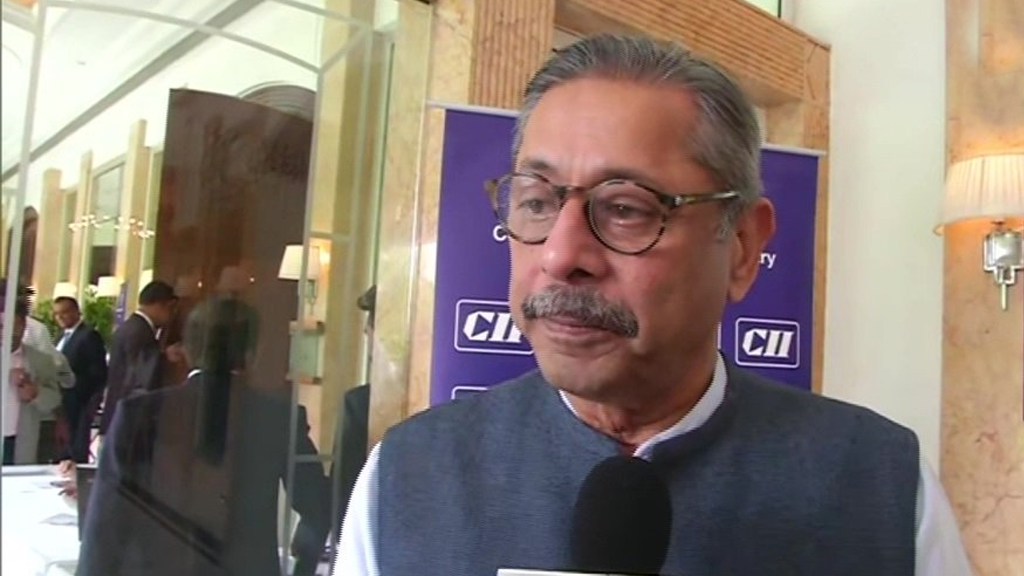New Zealand’s Health Minister on Monday announced that the country has no active cases of COVID-19 for the first time since February 28.
COVID-19 had arrived in the country on Feb. 28.
Reacting to this statement, New Zealand Prime Minister Jacinda Ardern, said at a press conference, “she did a little dance,” when she heard the country was Covid-19 free.
New Zealand will move to Covid-19 Alert Level 1 at 11:59 pm on Monday 8 June, Prime Minister Jacinda Ardern has announced.
There are no active cases in the country, almost 40,000 tests in the past 17 days have turned up no positive results and it’s been 40 days since the last case of community transmission – and 22 days since that person finished self-isolation.
“With care and commitment our team of 5 million has united to protect New Zealanders’ health and ensure we now have a head-start on our economic recovery,” Jacinda Ardern said.
New Zealand Director-General of Health, Dr Ashley Bloomfield says the country will keep an eye on whether mask-use will needed, but at the moment, because of the lack of community transmission, the government does not recommend the use of masks generally.
Jacinda Ardern, the prime minister, also announced that her government would abandon all restrictions except border controls from midnight tonight.
The removal of all domestic restrictions is happening a couple of days sooner than the government initially flagged it might. From tonight, all remaining rules about physical distancing and gathering sizes will end.
How New Zealand Did This
New Zealand pursued an explicit elimination strategy rather than seeking to merely suppress transmission of the virus. It enforced one of the strictest lockdowns in the world, asking everyone to stay at home and allowing only essential services to operate.
While this has almost certainly triggered a deep recession, the government says elimination of the virus should allow the economy to recover more rapidly than many of its peers.
On March 19, with 28 cases and no deaths, gatherings of over 100 people were banned and borders closed to all foreign travelers.
On March 23, non-essential businesses closed, events and gatherings were canceled and schools shut to all but essential workers’ children as lockdown level 3 began.
That gave Kiwis 48 hours to prepare for level 4, when all schools closed, non-essential food delivery services halted, only essential local travel was permitted, and water activities like swimming were banned.
New Zealanders had to stay home at night and in their household “bubbles,” socially distancing from all others.
Jogging, walking and visiting local supermarkets and grocery stores became a popular past-time for many for almost five weeks before non-essential businesses and schools reopened at level 3.











